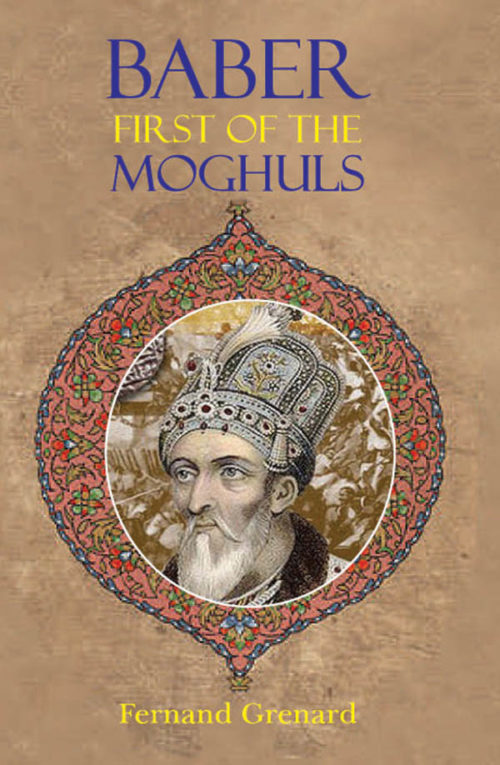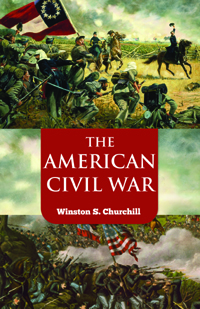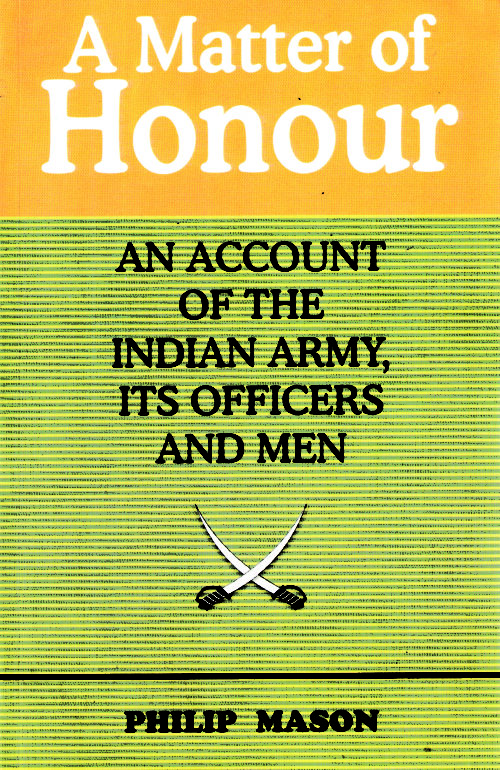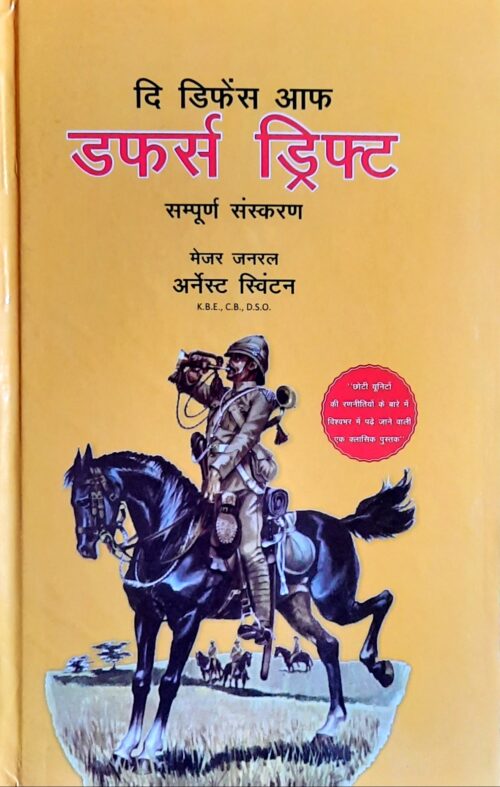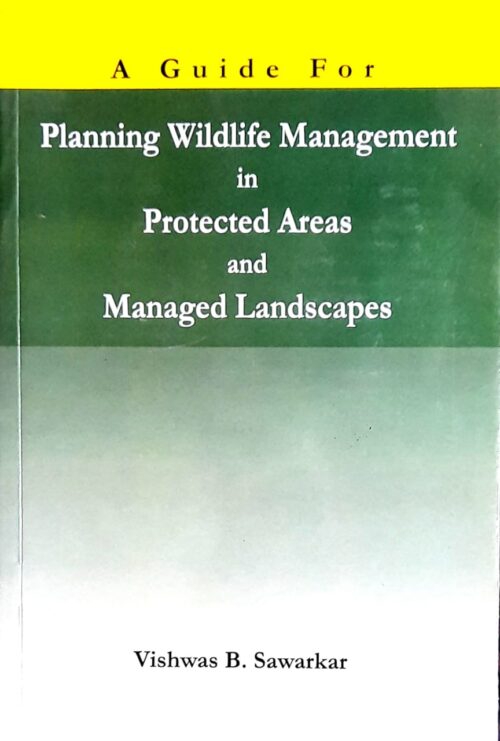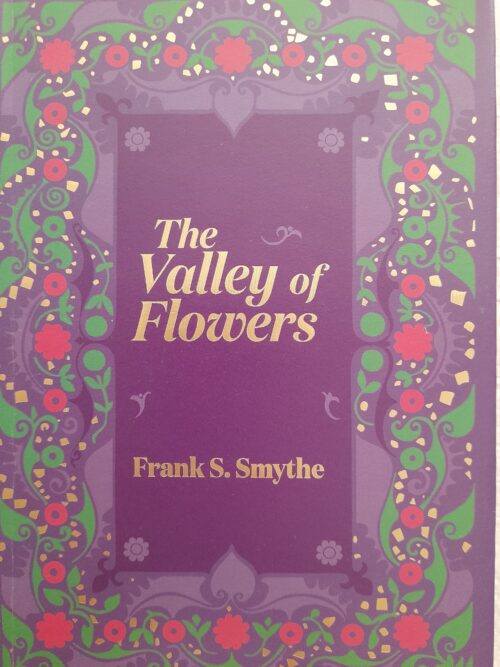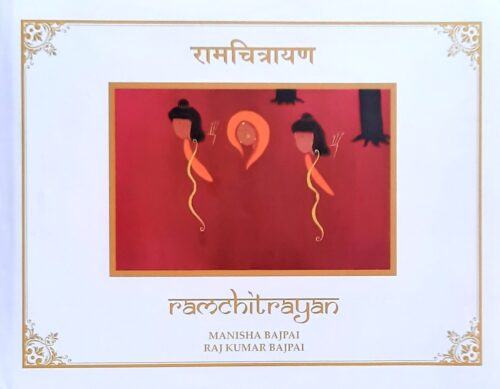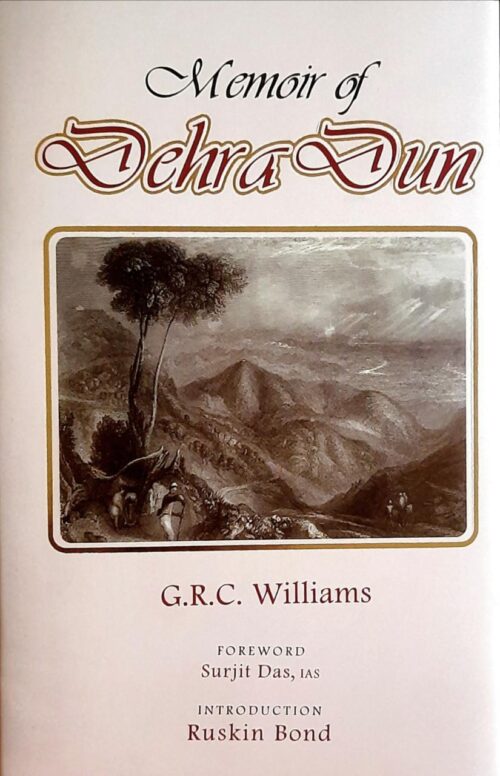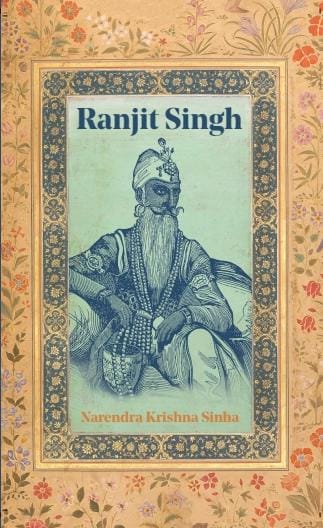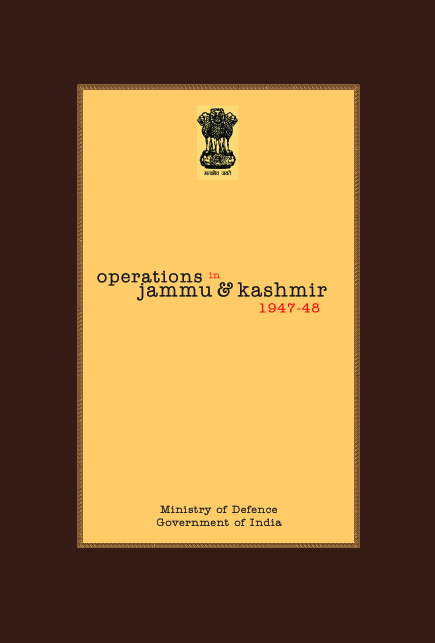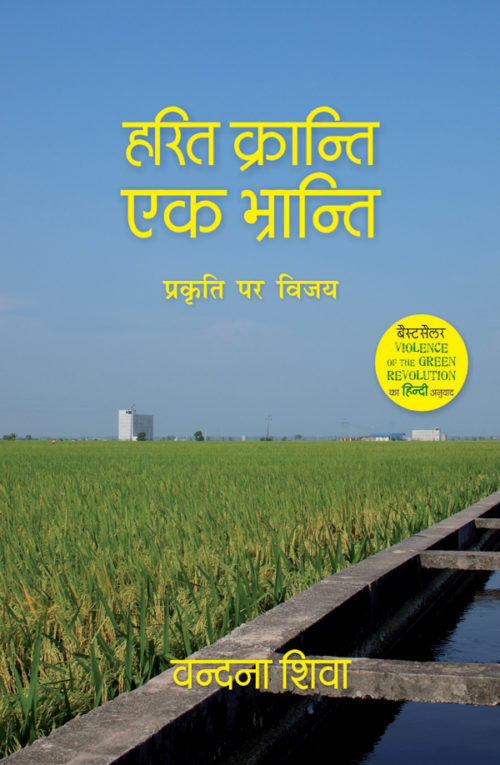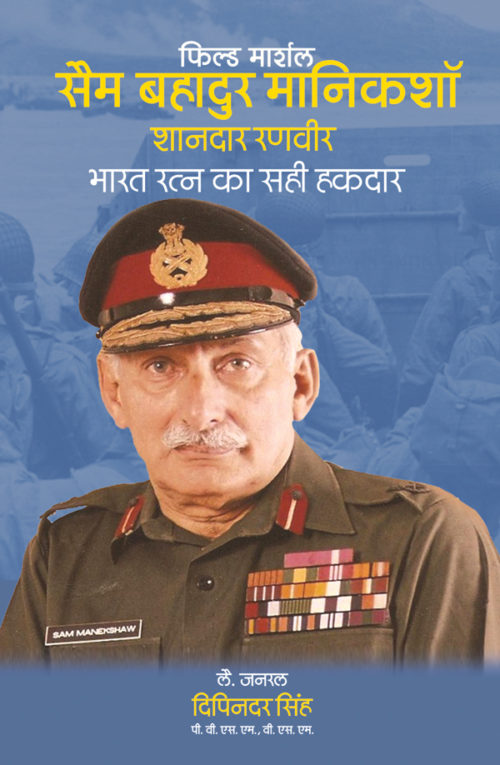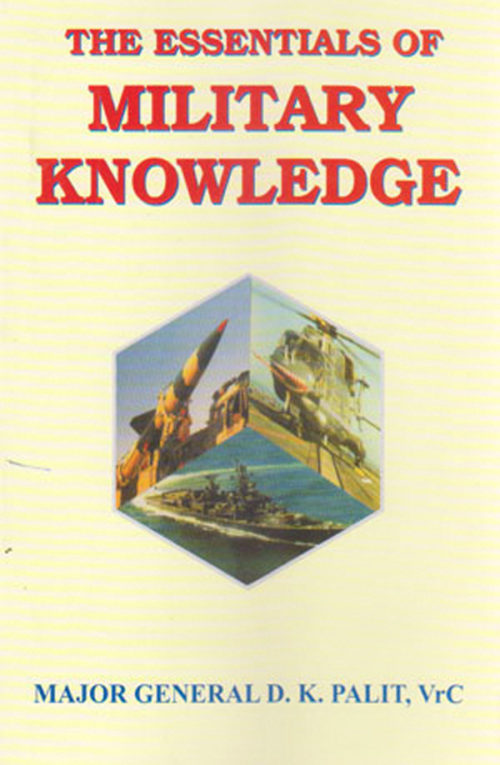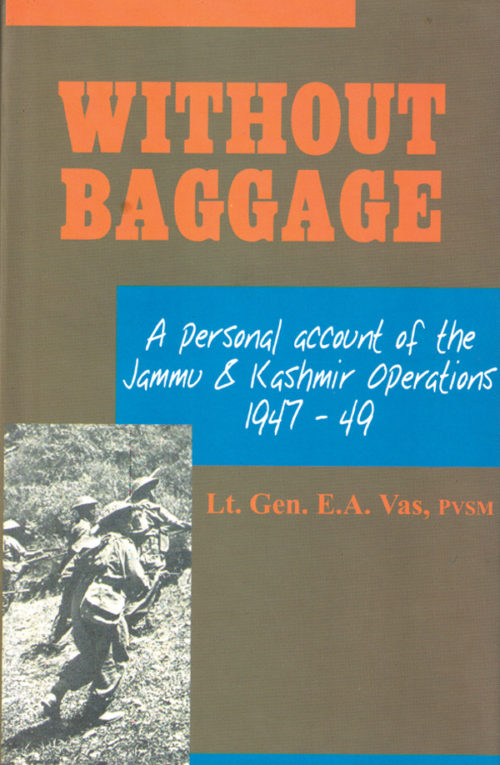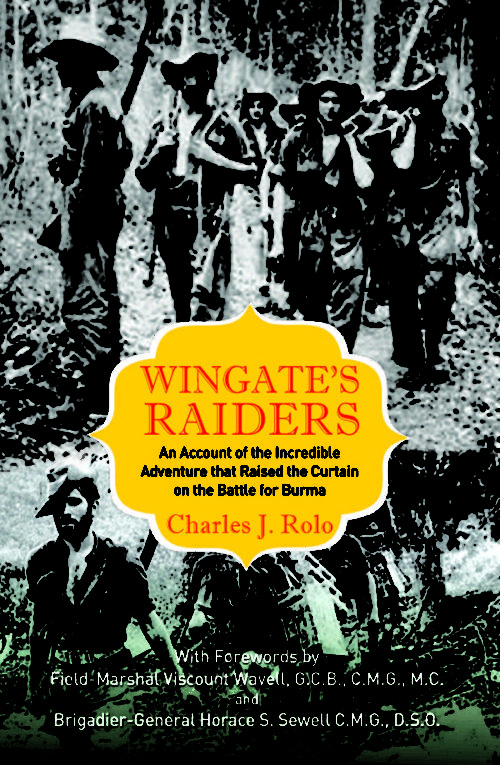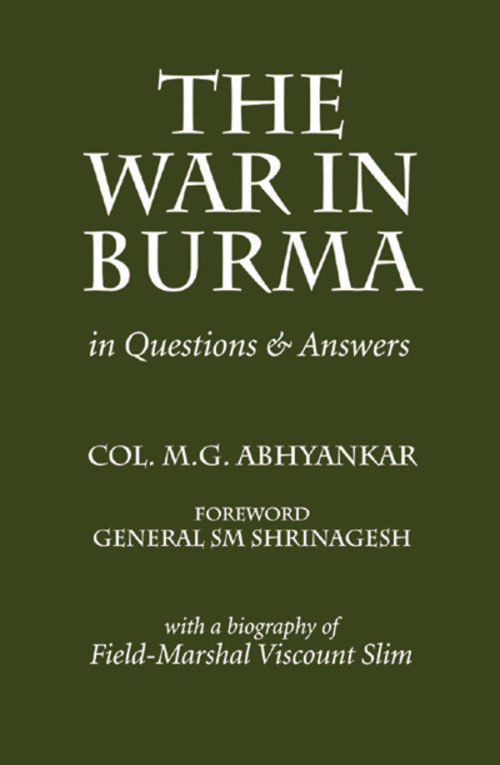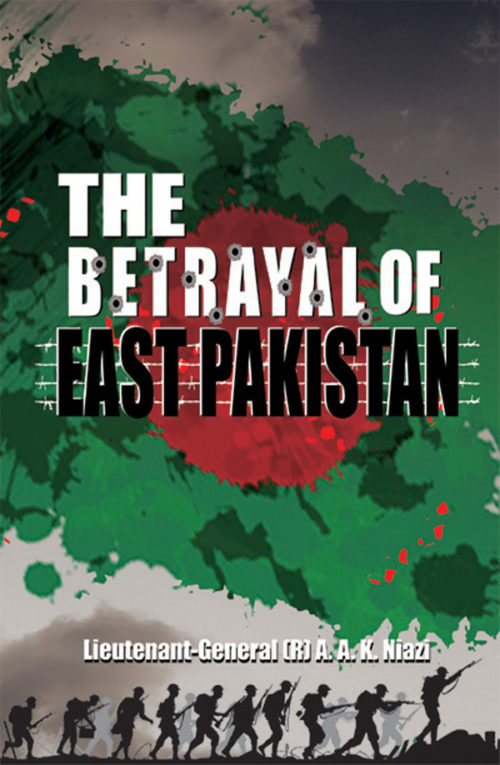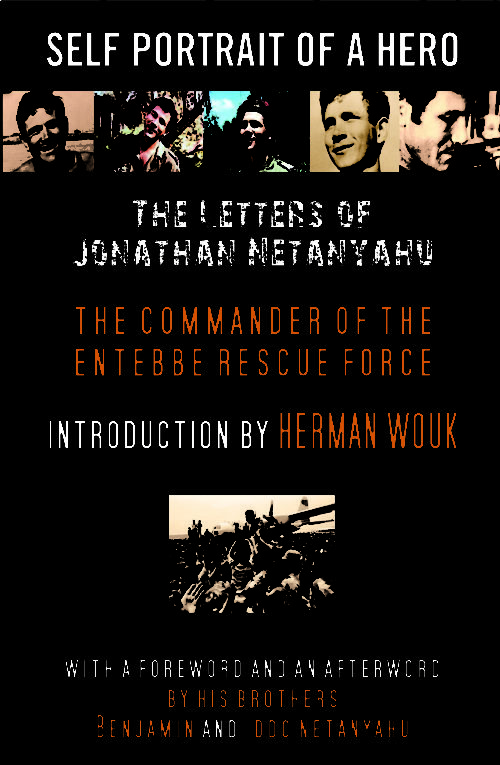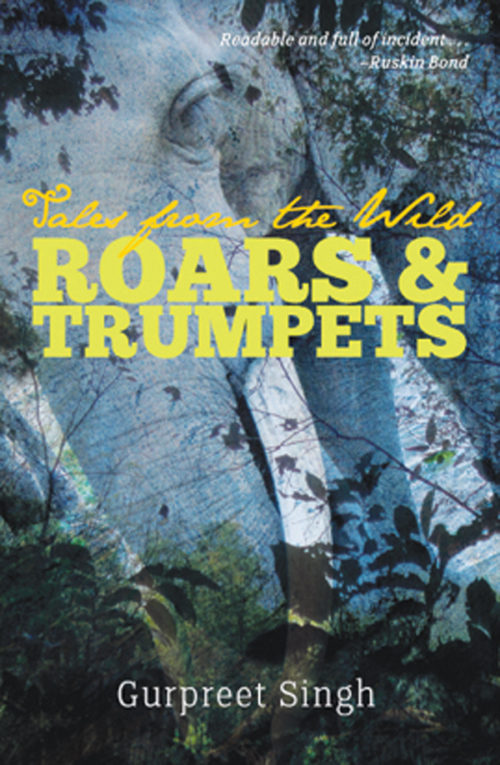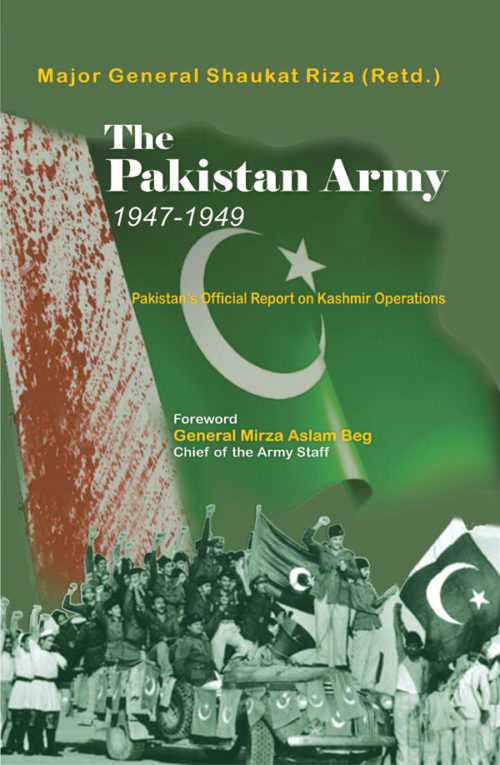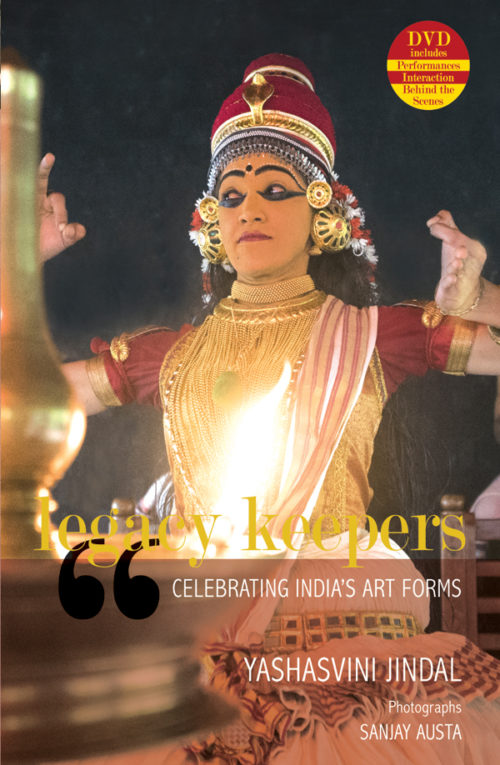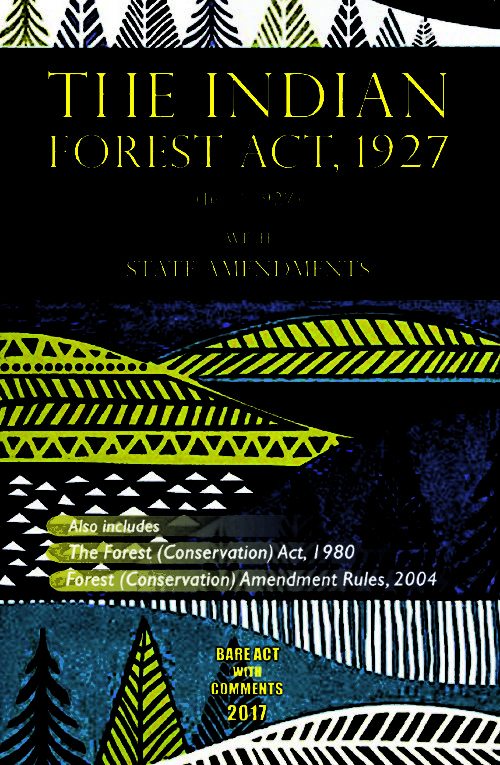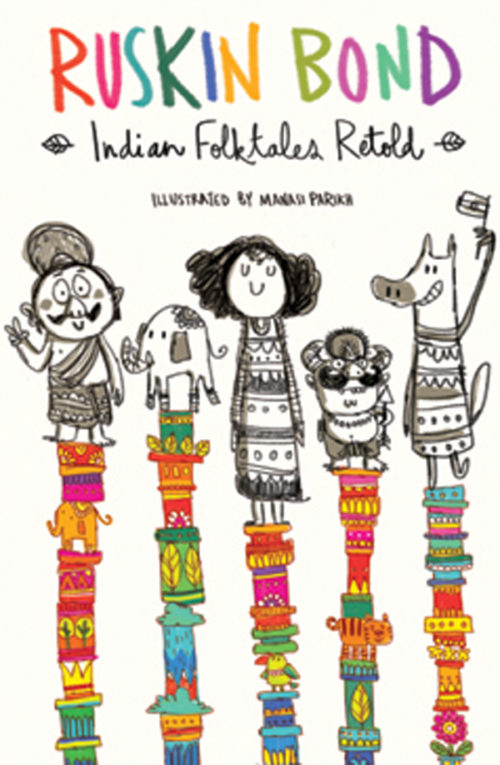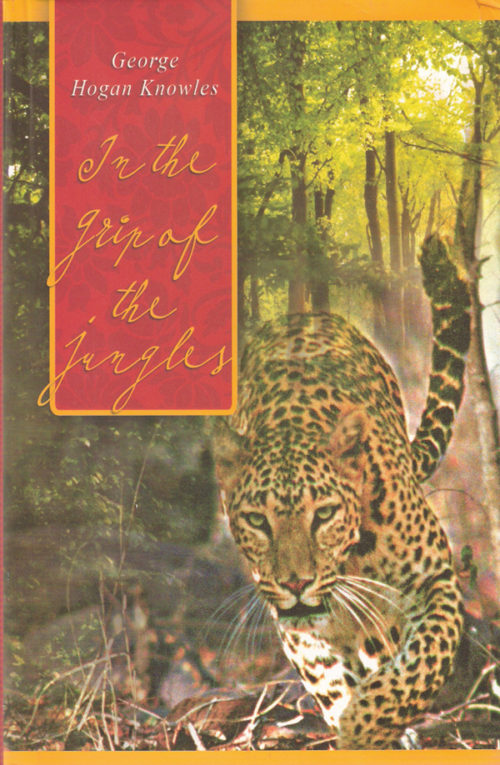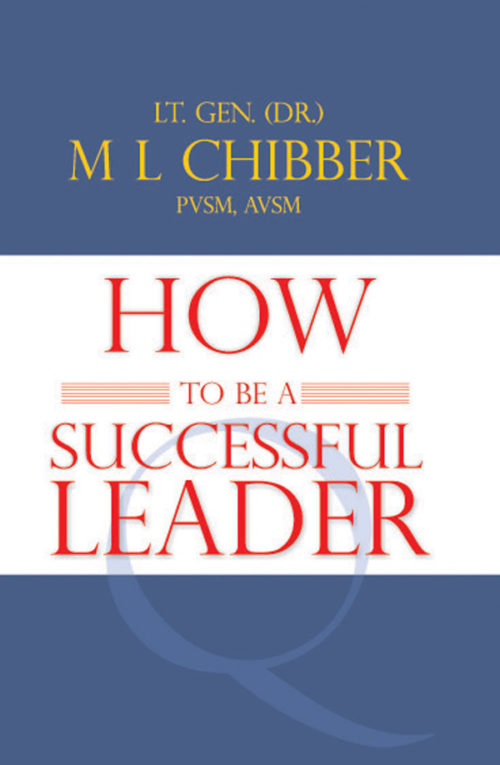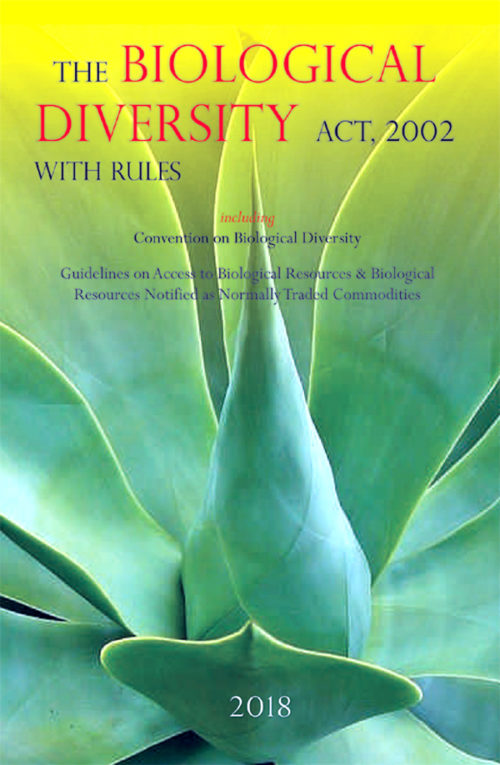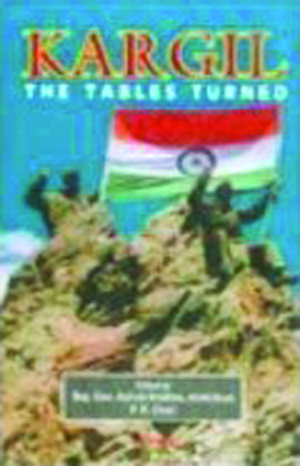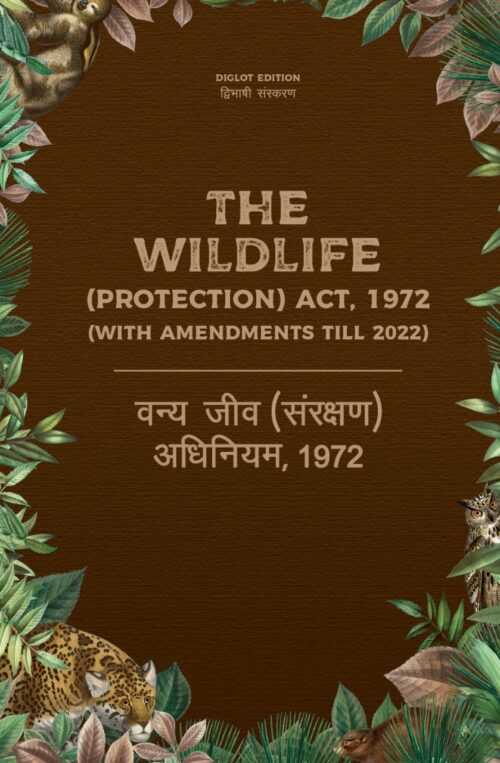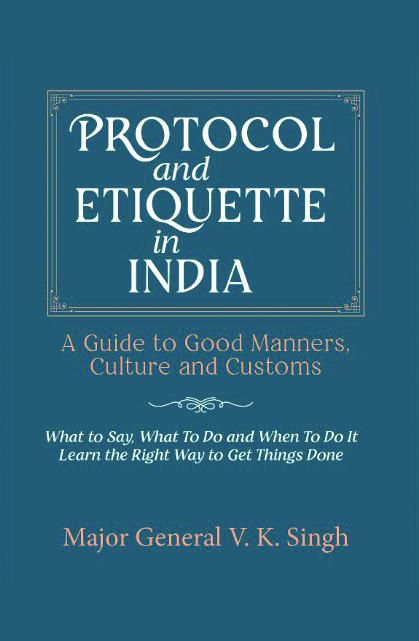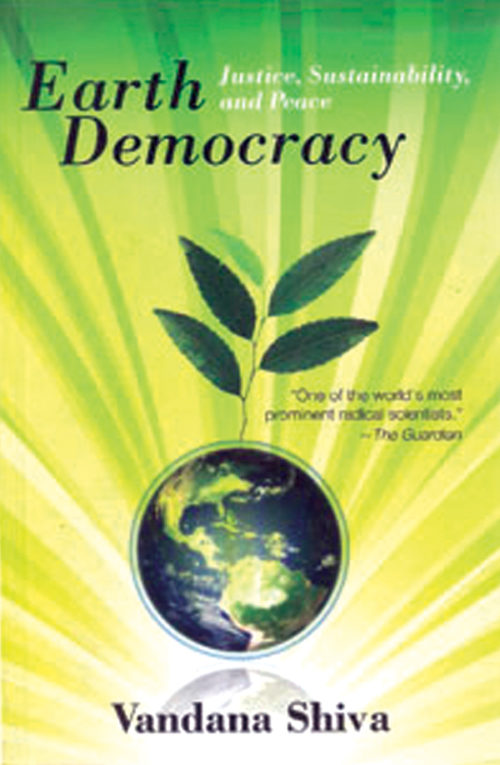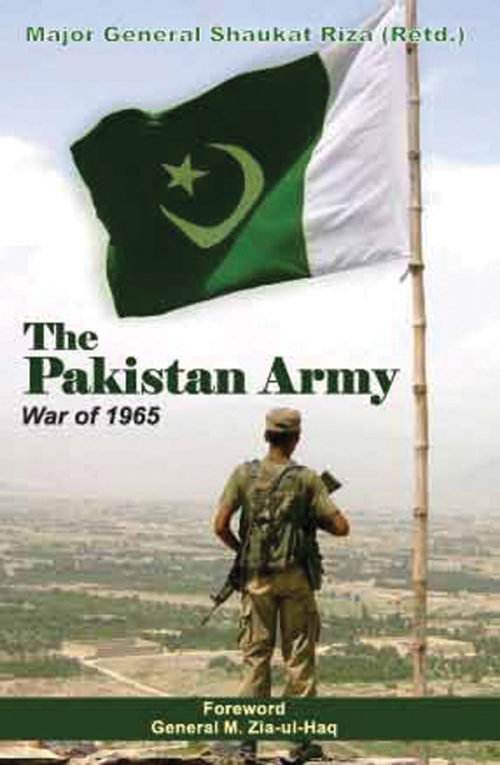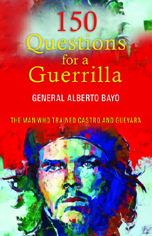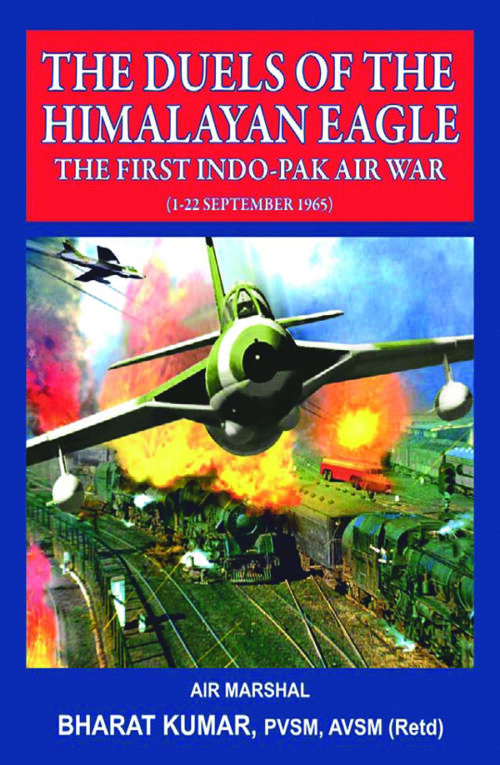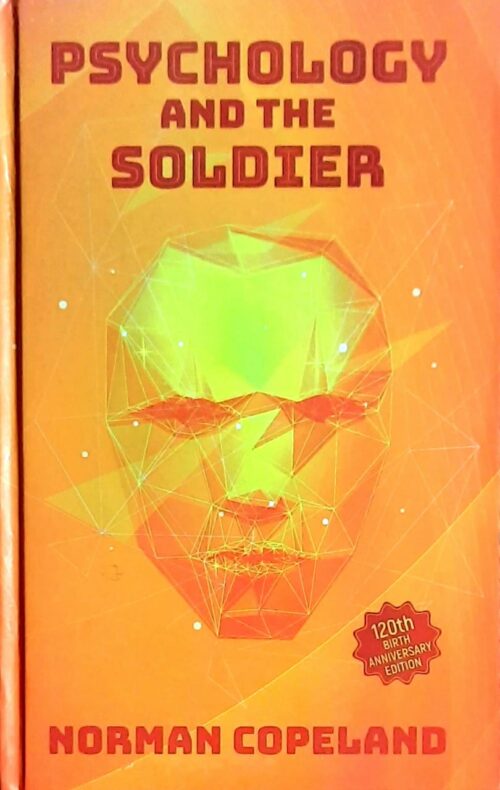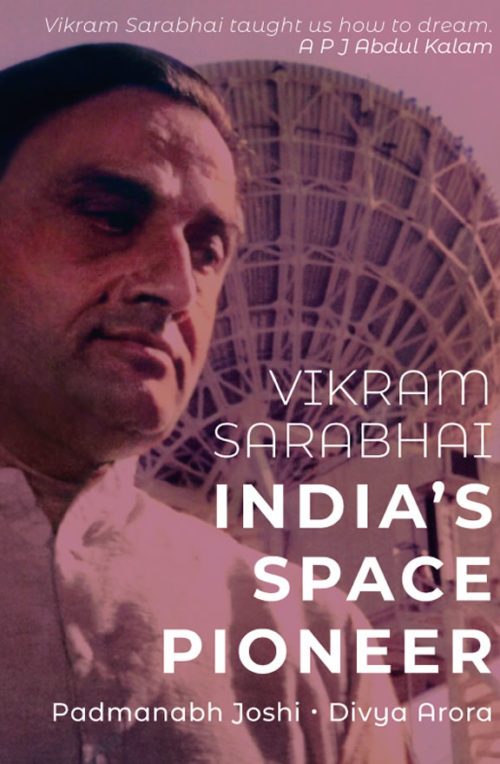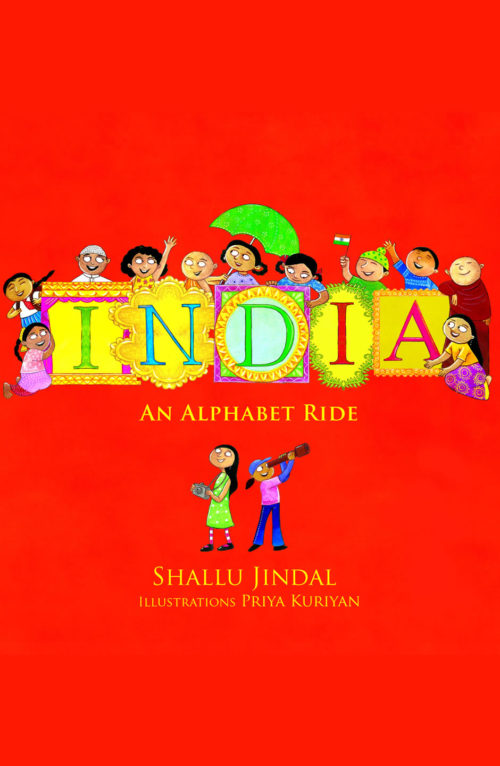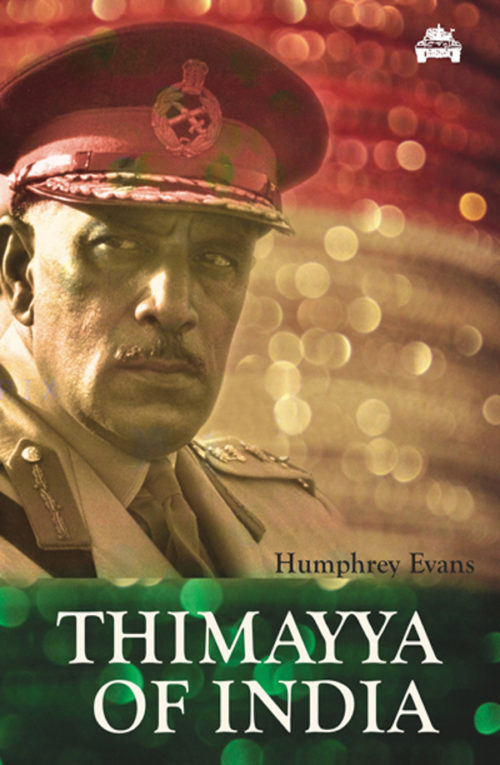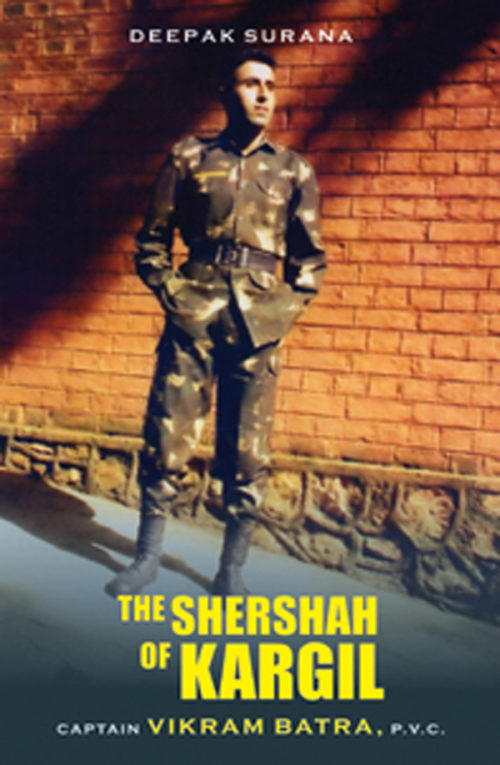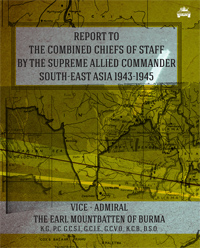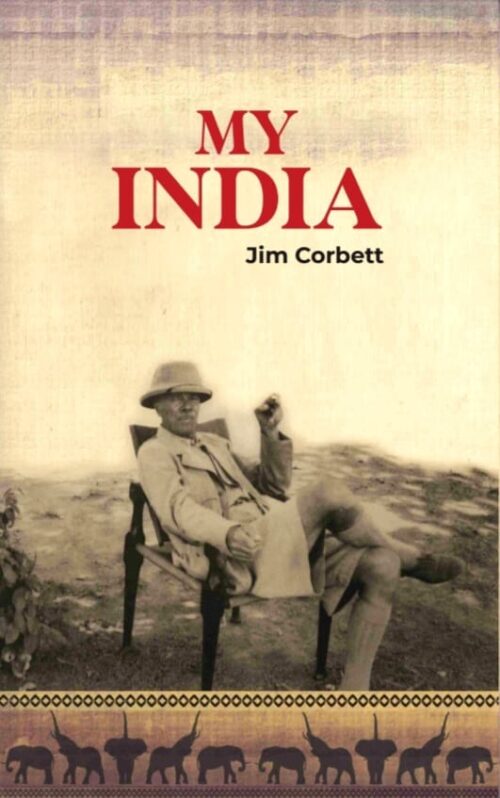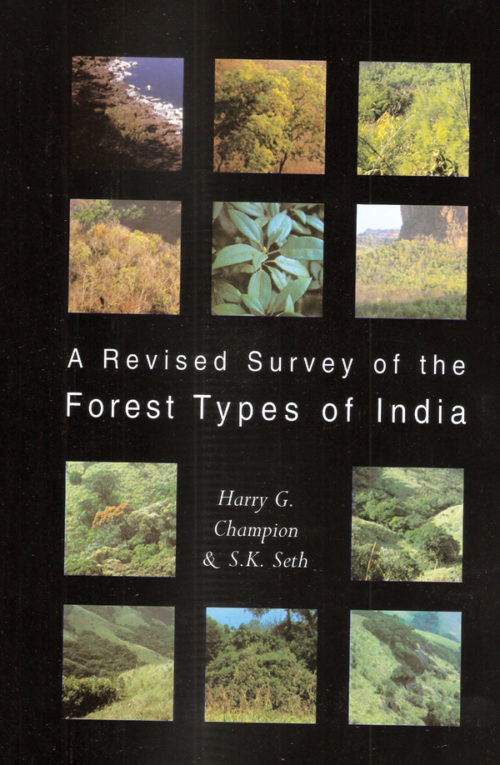-
This classic on Indian wildlife, written during the 1960s holds its own as one of the greatest books transcending the progress of time and knowledge.
-
This famous book celebrates the diversity in culture and nature by one of the world’s leading environmentalists.
-
This book has been created with the idea of having a training manual in hindi on conservation and its implementation for the field. It raises all the important conservation concerns in Hindi and explains solutions and consequences. Written by one of India's leading foresters, it is a must have for all those working in conservation.
-
This book deals with Zahiruddin Babur's extraordinary journey from a pauper prince in distant Kabul to the founder of the Mughal Empire in India.
-
The Nobel laureate and the greatest British Statesman of wartime Britain Winston Churchill tries to analyse one of the most important events in the history of the world: the American Civil War. -
This book is about the essential virtues that make an Indian soldier: courage, fidelity, and loyalty. Moreover, the book is a comprehensive account of the history of the Indian army. -
The war in Afghanistan has become one of the most complex, challenging operations in the history of the US military. Using first-hand account of the men and women who fought in Operation Enduring Freedom, this book presents an intensely personal history of the war in Afghanistan, revealing the determination, heroism, sacrifice, and strength of spirit that came to form the fabric of the conflict. From the grand strategic view of high level commanders, to the perspective through the soldier's gunsight, the truck driver's window, and the airman's cockpit, this is a fascinating and moving look at America's longest war.
-
"Mangroves are specialised trees that grow in the interface between ocean and the land. They form the skin along the coastline that protects the coastal areas from erosion, hurricanes, cyclones and many other natural calamities that arise from the sea. Globally, mangroves comprise only 80 different species that grow in saline habitats. Apart from protecting coast line, from erosion, hurricanes, cyclones mangroves offer enormous tangible and intangible services to human kind by providing livelihoods in the form of fishing and tourism for local communities, sequestration of carbon in mangrove sediments, balancing the food chain etc. Despite of all these they face challenges for survival due to various threats that arise due to increasing urbanisation. Among the current threats to mangrove ecosystems are cyclones, storms and floods as natural threats and anthropological interference such as encroachments for dwelling, aquaculture and other livelihood purposes. Mangroves exhibit a variety of adaptations viz. morphology, anatomy, physiology, seed and seedlings development and succession mechanisms. Maharashtra comprises about seventeen species of true mangroves and few associates, widely distributed throughout the coastal districts. Mangroves in Maharashtra are protected under forest laws, despite this sometimes they are destroyed and illegally transported to various locations. At present, many publications are available on the ecology, morphology and taxonomy of mangroves, but the information on wood anatomy is very scarce. Thus a need was felt to generate the data which will help the decision makers in analysing the illegally cut wood source. This will also be crucial in conservation of mangroves. Therefore, a research project was undertaken by Institute of Wood Science and Technology (IWST), Bangalore to study the wood anatomy of seventeen mangrove species grown along the coastline of Maharashtra. The data so obtained from the study is compiled along with morphological features of each species and is being published in the form of this book and will be highly beneficial tool in understanding and identifying the source of wood that belongs to mangrove species. The present contribution will help to identify a mangrove species both in the field and laboratory based on morphology and wood anatomy. "
-
This is a comprehensive and easy to read book on Military Law for officers in India.
-
A short treatise on the art of tactical warfare, set in the Boer War (1899-1902), this classic piece of military fiction was published by Major General Ernest D Swinton when he was still a captain in 1904. The appropriately named Lieutenant N. Backsight Forethought (BF), a rookie commander of a platoon of fifty is tasked with defending a river crossing—Duffer’s Drift. Manifested in six dream scenarios and actions of a mortified BF, who learns a series of “lessons” at his expense, his final unconventional defence succeeds in routing the Boers. The book quickly acquired cult status on small unit tactics, and armies across the world have had it on their required reading lists for subsequent generations of young officers, including in India. It has also been translated into several languages. Swinton's style of literary fiction significantly impacted the writings of several authors in the military arena. While some contextual advice may be dated, the emphasis on critical thinking remains relevant, and the principles are evergreen. A must-read
-
Protected areas are sacred lands capable of providing us a kinship with wondrous wild creatures and plants, our fellow travellers on this planet. We need to ensure their persistence for posterity. Scientific wildlife mangement plans form the foundation of a protected area but they need vision and long term planning. This book provides the essential framework, processes and procedures. It is based on integration of modern scientific precepts and practises with social, cultural, economic and administrative realities. It is designed to address multiple spatial scales and links with plans for forest management and those for social and economic development on the surrounding managed landscapes.
-
Nature writing at its best! This book is the perfect addition to every mountain lover's bookshelf. In 1931, a party of British mountaineers—including Frank S. Smythe—on their way back from a successful ascent of Mount Kamet, were looking for shelter from inclement weather in the wilderness above Joshimath in present-day Uttarakhand. They chanced upon the lush and colourful Bhyundar Valley, the Valley of Flowers. In the monsoon of 1937, Smythe returned to the Valley with four Tibetans from Darjeeling. On this adventure, Smythe extensively explored the Valley, identifying and collecting flowers and seeds from among the wealth of plant life. He and his friends also scaled the Nilgiri Parbat and the Mana Peak and were defeated by Mount Rataban. Beset by the rains, the party was nearly always soggy and, once, an Abominable Snowman gave them the fright of their lives. Yet, these were but minor prices to pay for the privilege of witnessing the Himalaya in its infinite variety and for a great deal of time usefully spent ruminating on the joys of idleness. "For solitude in the Valley of Flowers taught me the insignificance and incapacity for happiness of thought as compared with a meditation that knows no intellectual limitations, but is content to accept with childlike faith and delight the infinite beauties and granduers of the universe."
-
This unique and gorgeously produced book is composed of 108 paintings on acrylic as a humble attempt by eminent artists to bring out in a nutshell the devotion, philosophy and lyrical essence of the epic that sends out the message of love, sacrifice and valour, depicting the classic along with the corresponding verses and their plain Hindi and English versions. The beauty of the artwork in tones of blue and orange bring out the story of the epic page by page. The book is a must have in every home and an ideal gift for loved ones.
-
The Doon Valley, distinguished by its singular beauty and by the excllence of its many instuttions has won for itself a place of pre-eminence in the history of India. While its origins as a habitation are shrouded in the mists of time, it holds a place in folklore, legend and mythology. It appears firmly rooted in chronicled history only late in the sixteenth century. Thereafter myths give way to real historical figures and their combats with clash of steel and the bark of muskets as they strive for possession of this fertile valley. Replete with delightful anecdotes and lavish in its praise of the natural beauty of the valley, this book is a perfect addition to every Doon lover's bookshelf.
-
Sinha's work brings together a mass of information on Ranjit Singh as a soldier, a great diplomat and an exemplary statesman. After the collapse of the Mughal Dynasty, Ranjit Singh, founder of the Sikh rule in Punjab, steered his ambition to expand Sikh power in the face of Afghans in North West India and the British East India Company. The book gives a detailed account of how Ranjit Singh navigated his relationship with the Afghans on the one hand and his Indian and British neighbours ( The East India Company) on the other. The author also meticulously lays out information on the government, institutions and policies under the rule of Ranjit Singh, inclduing an estimate of the Sikh military system. The Sikhs formed one of the most formidable mlitary powers in India.
-
This is the full story of the military operations in Jammu and Kashmir during 1947-48, undertaken to save that Princely state, which had acceded to the Union of India, from a brutal invasion from Pakistan. The year long campaign saw many triumphs and tragedies, which are narrated objectively and in detail. The Indian Army and Air Force, just emerging from the throes of Partition, and still in the process of reorganisation, emerged from this ordeal with added brilliance and a brighter halo. It is an inspiring saga of heroism, devotion to duty, scarifice and professional competence. Based on careful and exhaustaive research in secret government records, the book analyses the operations and presents the story in simple, non-technical langauge. It should prove invaluable for the intelligensia, the journalist, the reading public as well as the man in uniform.
-
Very simply, this publication describes the philosophy which distinguishes the U.S. Marine Corps. The thoughts contained here are not merely guidance for action in combat but a way of thinking. This publication provides the authoritative basis for how we fight and how we prepare to fight. This book contains no specific techniques or procedures for conduct. Rather, it provides broad guidance in the form of concepts and values. It requires judgment in application. Warfighting is not meant as a reference manual; it is designed to be read from cover to cover. Its four chapters have a natural progression. Chapter 1 describes our understanding of the characteristics, problems, and demands of war. Chapter 2 derives a theory about war from that understanding. This theory in turn provides the foundation for how we prepare for war and how we wage war, chapters 3 and 4, respectively.The U.S. Marine Corps is a branch of the United States Armed Forces responsible for providing power projection from the sea, using the mobility of the United States Navy to deliver combined-arms task forces rapidly. It is one of seven uniformed services of the United States. In the civilian leadership structure of the United States military, the Marine Corps is a component of the United States Department of the Navy, often working closely with U.S. naval forces for training, transportation, and logistic purposes; however, in the military leadership structure the Marine Corps is a separate branch.
-
What most hailed as a superb revolution- Vandana Shiva seems most cynical about – India’s Green Revolution. This book argues for diveristy rather than monogamous agriculture as the answer for sustainable progress. -
Written in a light and humorous style, this is the exclusive and official biography of FM Sam Manekshaw, in its revised and updated form. -
This book is a definitive work on military science and a comprehensive textbook for military study. -
A soldier recalls his personal account of the operations in Jammu and Kashmir in 1947-1949, shortly after India gained Independence. This book is insightful and enlightening as the terrain and the enemy remain the same.
-
-
This book provides the composite story of the Burma campaign. The author has explained the important aspect of operations in logical sequence and in lucid style, bringing out clearly the application of the principles of war. All the chapters in this book have been well arranged and give a continuous picture of the many events as they took place. The strategic, tactical and administrative problems that were tackled have also been well brought out. The factual information in this book and large numbers of maps and sketches will be useful to students of military history, particularly to those preparing for their promotion and Staff College Entrance examinations. This book also carries a well-researched and concise biography of Field-Marshal Viscount Slim.
-
In December 1971, one of Pakistan's most decorated officers. Lt.-Gen.A.A.K. Niazi, laid down arms before the invading Indian army, leading to the dismemberment of Pakistan. Was Tiger Niazi a coward, a hero, or the victim of an unjust fate? In this candid account of General Niazi breaks 26 years of silence and volunteers his own version of the events of that fateful year.
-
This has every little detail any angler would dream to ask!The size, layout and production of this delightful book makes it every angler's essentail companion.
-
Here is the story of a hero , the story of young Jonathan, the Commander of the Entebbe Rescue Force, who gave up his life in Operation Thunderbolt to rescue passengers of the plane hijacked by international terrorists.
-
‘Roars and Trumpets’ is the story of a man’s life-long and obsessive passion for the jungles and his helpless surrender to the compelling call of the wild. Spanning a period of half a century, Gurpreet Singh’s love affair with the jungles of India begins in the North West Frontier Province in the pre-Partition days of the British Raj and ends in the forests of Assam, where he spent his entire working life as a tea-planter. The book conjures up a by-gone era, taking us back to the days of plenty, the never-ending stretches of wilderness, the vast jungles and the compulsive lure of the hunt where man and animal engage in a deathly game of survival and try to outwit each other. It is compulsory reading for all jungle lovers who have been hankering for hunting tales and jungle lore in the tradition of Jim Corbett and Kenneth Anderson.
-
Here is the official report of the Pakistan army for the 1947-49 operations.
-
"Dating back several centuries, Nangiarkoothu is a rare form of classical Sanskrit theatre from South India that is performed only in the temple, and only by a female solo artiste. Teyyam another art form from Kerela is a sacred folk ritual dance performed from December to April where it is believed that the spirit of the local deity enters the performer's body. Legacy Keepers is a meticulously research and beautifully produced book that is a moving journey of discovery into the hearts of the passionate artistes who perform rare classical and folk dances in remote corners of India and keep the heritage alive. They have broken boundaries, stereotypes, old caste or gender based societal structures to emerge as performers who fight the odds to preserve India's ancient culture."
-
Popularly known as the 'Desert Fox', Erwin Rommel earned the respect of both the sides because of his stature as a master strategist during World War II.
-
Here is the bare Act, for use by all forest officers.
-
In this collection of short stories, India's favourite storyteller retells India's forgotten folktales. Have you heard of Hiranmantota, the kind's most trusted parrot who was betrayed by his master? Or of a Yakka, a creature with the face of a horse and the body of a woman? Do you know which prince married a monkey?Or about the queen who was actualy a rakshasa?Join Ruskin Bond on a fascinating journey where you will encounter generous kings and handsome princes, evil rakshasas and an angry Lord Shiva, a wise parrot and a scheming crane, a clever crab and a talking white elephant. The stories, told with Bond's sparkling wit, are a treasure trove of fun and wisdom, fables of the perrenial battle between good and evil in which the wise always win.
-
This book is an enthralling treasure house of exciting jungle trails.
-
"These and more important questions are answered in this book. How to be a Successful Leader has become a textbook on leadership in India. This unique book talks about strategies to help you identify your leadership strengths, achieve your goals and increase your self-confidence, become a team player and strengthen cooperation among associates, balance work and leisure, control your worries and charge your life. It is important for a leader to motivate other to excel, build the team's self-confidence, provoke positive change, set direction, encourage smart risk-taking, manage with tough empathy, credit others for one's own success, increase self-awareness, and most importantly draw strength from adversity. "
-
This book is regarded as the Bible on the ecology of forests. It is sure to arrest the attention of not only students studying forestry but lay readers as well.
-
The moral strength of the fighting soldier and the spirit to stand up in the face of the enemy despite the threat to one’s life – is what makes on a soldier. This book discusses the tenets of such willpower and how to fight fear.
-
This is the true account of the most significant battle of WW II in the eastern front: the battle for Hong Kong.
-
"Tigers have an inherent habit to move across landscapes. To facilitate such movements, corridors are essential. Lack of corridors connecting landscapes result in fatal human-tiger conflict, where, in most cases, it is the tiger which suffer. It has been proven that tiger population is determined by the carrying capacity of the tiger reserve. These is a great need for the connectivity of smaller population with larger population of tigers for their persistence in the future. The persistence of small population with habitat corridors in a metapopulation framework is the best management option for conservation of tigers in the long term. The population dynamic of tigers thus depends on the quality of good and poor habitats, known as the source and sink dynamics. This book emphasises on the need to evaluate and develop a mitigation strategy for maintaining metapopulation structures of tigers in the priority landscapes. The green infrastructure concept factors the importance of natural environment in land use planning. In the context of tiger landscapes in India, this will encompass a large number of tiger reserves, protected areas, corridors which create a system of 'hubs' and 'links'. The green development in a tiger landscape spreading across multiple jurisdictions. "
-
First published in 1964,'Call of the Tiger' by Lt. Col. M.M. Ismail comes at a time when the era of hunting has receded into history, leaving books like it to provide a glimpse of days past. Set in the 1950s, these gripping tales serve as reminder of what the forests of Central India were like when wildlife was more plentiful and widespread that it is today.
-
Bhitarkanika is one of India's most exciting biodiversity regions. This book focuses on it as a case study to understand protection and conservation efforts.
-
Kargil: The Tables Turned provides a comprehensive review of past motivations and events; it covers the operational aspects of the 1999 war in their entirety and highlights the heroism, amd sacrofoce of the young officers and soldiers of the Indian Armed Forces.It brings out useful military lessons and perspectives. The book analyses India's political and diplomatic responses, and the role of the USA, China and G-8 concluding chapter speculates on the future of Indo-pak relations and highlights some unique aspects of this South Asian conflict.
-
This is the bare act in both the languages - Hindi and english - running alongside for easy reference.
-
What is etiquette? Is it different from protocol and good manners? How important is it in today’s world? Does one have to be taught or can one learn on their own? What is the right age to start teaching etiquette to children? Does it enhance a person’s qualifications and improve job prospects? How important is it for success in one’s profession or business? Does it help in making friends and influencing people? Is it relevant for those who live alone, have no family or friends and never go to parties? Is it as important in the home as in the work place? Does it improve family relationships? Will it make you a better human being?
You will find answers to some of these important questions in this excellently researched book.
Also, how often have you searched for answers to some of these questions:
- Can a divorced woman continue to use the name of her ex-husband?
- In invitation cards, should a woman’s name precede that of her husband?
- Can titles such as Sir and Madam be used along with the name?
- Can military officers continue to use their ranks after retirement?
- If you want to know someone’s name, is it correct to ask “What is your good name?”
- Can one say Good Morning or Good Evening when bidding farewell?”
- What is the difference between enunciation and pronunciation?
- What is the difference between ‘excuse me’, ‘beg your pardon’ and ‘I am sorry’?
- What exactly is ‘small talk’? Is it the same as gossip?
- During a meal at a restaurant or club, does the waiter serve from the left or right?
- During a dinner party, are brandy and liqueurs served before or after the meal?
- What is the difference between luncheon and lunch?
- What is the difference between a sherwani and an achkan?
- On a flight, can occupants of window and aisle seats use the hand rests of the middle seat?
- When watching a play in a theatre, is it okay to clap during the performance?
Find out all this and more in this book! Use the skills to get ahead in your personal as well as your professional life.
-
One of Vandana Shiva’s most popular books of all time, this book adds to the world wide debate on sustainbale development and North vs South. -
The Officer as a Leader is remarkable book on military leadership, wherein the author discusses the psychology of a leader and what it takes to be one. In this now famous book, he points out the thirteen mistakes that every leader should avoid that are now as well known in Armies across the world as are the Ten Commandments
-
The 1965 conflict between India and Pakistan may not rank among major wars, but within their limited resources, the two nations did manage to fight each other to a standstill. This book has perspective as well as detail. Major General Shaukat Riza visualises each aspect of the war in its entirety and does justice to al the operations carried out in course of the war.
-
This biography movingly protrays the planning and implementation behind the greatest invasion the world has ever known - Operation Overlord.He describes the whole plan behind D Day and the battle of Normandy.
-
Maneuver warfare can be thought of as military judo. Its about fighting smart, out thinking your opponent. It offers the fighting soldier the best hope of winning battles, campaigns and wars they may face in the future.
-
This enchanting book is about a young woman's journey through India. If you liked 'Eat, Pray,Love", this book is for you! This book tells of her journey within and without as she not only discovered India but herself as well.
-
-
Prenita is an artist inspired by nature. She makes jottings as she paints in her journals on a daily basis. This book is a collection of some of her learnings about life from nature. It has her artworks interspersed with her musings - they are simple, heart-warming, wise and witty, for you and me to dip into anytime for some real food for the soul.  
-
Gen Bayo is the man famou for training Castro and Guevara in the art of guerrilla tactics. This simple yet powerful book in a question answer format is ideal for anyone looking to understand how to combat guerrilla techniques and emerge victorious. -
"The Duels of the Himalayan Eagle describes the First Air War between India and Pakistan. Commencing from an analysis of the two air force and their concept of operations, every significant aerial and ground engagement has been covered in detail. These include Pakistani raids on Pathankot and Kalaikunda, Indian ventures into Sargodha, Badin and Peshawar as well as various aerial engagements. These stories are based on the narratives of the air warriors involved in the operations or records maintained on a daily basis in the squadron diaries by various units during the period of the war. Pakistani disastrous Para drops near Paathnkot, Adampur and Halwara in the West and Guwahati in the East have been covered in detail. The travails narrates by seven air warriors who became POWs have also been included. Finally, the author has dissected the entire air war and has put down his own conclusions- probably the first such attempt by an Indian author. "
-
The continuum of tactical victory followed by strategic failur has been the baneful pattern of India's handing of vital security related issues since indepandence. Kargil: Blood of the Snow is a comprehensivemilitary analysis, focusing on this issue.
-
This book tells us the important role of Delhi in the Indian Independence movement. A tribute to Delhi on its hundreth year as the Indian capital.
-
This edition marks the 120th Birth Anniversary Edition of this little gem on leadership that makes for mandatory reading for defence personnel across the world. The first section focuses on "Psychology and Morale" with ten chapters on the development of military psychology and how it is applied to morale, moral education, discipline and military values. Morale, accordingly to Copeland is the 'secret weapon' and he insists that 'physical superiority is not as important as moral superoirity." How then can this most desirable of human qualities be acquired? According to Copeland, it depends 'on an incalculable number of factors', the first and strongest of which he considers is good leadership. The seond section of this enlightening and well researched book talks about "psychology and leadership" - these next ten chapters focus on the role of the leader in the training and education of military individuals and units. Leadership is a way of life, acording to Copeland.
-
Known as the Father of India’s Space Programme, Vikram Sarabhai’s interests included space and nuclear energy, architecture, industry and business, institution building, management development, arts, music, and theatre. He was a scientist and an entrepreneur, an educator, and a businessman. When he passed away unexpectedly at the young age of 52, he left behind a legacy few can match, having set up internationally reputed institutions and organisations that have made India proud and put us on the world map. "Dr. Sarabhai was a young person with great wisdom. There is a French saying that "if age could do and youth had wisdom, it would be a wonderful combination". Vikram Sarabhai had that combination. He was a fine blend of the thinker and doer. No one can lead a meaningful life today without combining the two." – Indira Gandhi
-
"A Wonderful Concept." - RUSKIN BOND LEARNING ABOUT INDIA WAS NEVER SO MUCH FUN! They say a picture is worth a thousand words. We agree. We say that a single alphabet is worth a hundred words. You will agree. "INDIA:An Alphabet Ride" uses illustrations and A, B, C to tell you everything you neded to know about the country without the boredom of formal textbooks. Get ready for a thrilling ride through India's states and cities, visit its heritage sites, learn about its customs, tast the diverse food and dance to its many festivals and sounds. -
The war in Malaya is important as it was the first large scale campaign to be fought within British or British protected territory. It was also the first experience of a campaign fought with modern weapons in jungle warfare conditions.
-
This book is an erudite and intimate illustration of the glorious career of General Thimayya by his close associate and comrade-in-arms.
-
This is an intimate biography of the hero of Kargil, Captain Vikram Batra. It tell us the story of the braveheart, from his childhood to how through sheer courage and bravery, he won the war for India and also made the nation proud.
-
This is a detailed account of the daily observations and recordings of the victory in South-east Asia against the Japanese and the great role of Maj-Gen Wingate. This book shows how the joint forces collaborated to achieve victory.
-
What most hailed as a superb revolution- Vandana Shiva seems most cynical about – India’s Green Revolution. This book argues for diveristy rather than monogamous agriculture as the answer for sustainable progress.
-
This book provides a simple outline of the Arab-Israeli Wars 1967-1973 with clear maps and also provides a biography of General Moshe Dayan for students for easy study.
-
The true story of a forest conservator who brought up a tigress, Khairi, just like his own daughter.
-
A reliable guide book for all appearing for general examinations and SSB interviews.
-
In My India, Jim Corbett gives us a glimpse into a life spent amongst village folk in the summer seat of British Imperial India, then known as the United Provinces (now Uttarakhand). Unlike his classic works about jungle and wildlife lore - where he recounts famous hunts in the midst of India's diverse and rich wildlife habitats— here Corbett sheds light on the India that he adored passionately for its 'simple and hardworking souls' who enriched his life. India was then on the cusp of crucial international and national movements. This book is a tribute to the charming characters who would otherwise not have appeared in the pages of history had Corbett not written about them here and made them unforgettable and immortal. Join Corbett as he takes you through the remote trails of villages in the foothills of the Himalaya introducing you to endearing stories of resilience, loyalty, and fortitude.
-
This book is a brief account of the course of the war that took place in Vietnam between 1945 and 1973. It was the type of struggle that gained prominence in the 20th Century and is usually referred to as Guerrilla warfare.
-
"This book provides a detailed account of the Indo-Pak War of 1971 as maintained in the Indian government's military history records. It is being made available to the public for the first time after the declassification of sensitive military record in 2005. These records include war diaries maintained by the units and higher formations of the Indian Armed Forces, notes of officers who fought in the war, interviews, accounts as learnt from Generals on both sides, official reports, journals, and gazetteers. This book shall be useful to officers of the Defence Forces for study, to military analysts and enthusiasts, and to all those who have an interest in understanding the roots of relations between India and Pakistan. "
-
The book presents introductory material on the principles of remote sensing and contains descriptions of image interpretation methods. It discusses the techniques of computation and evaluation and also the application of the data for resource management.



